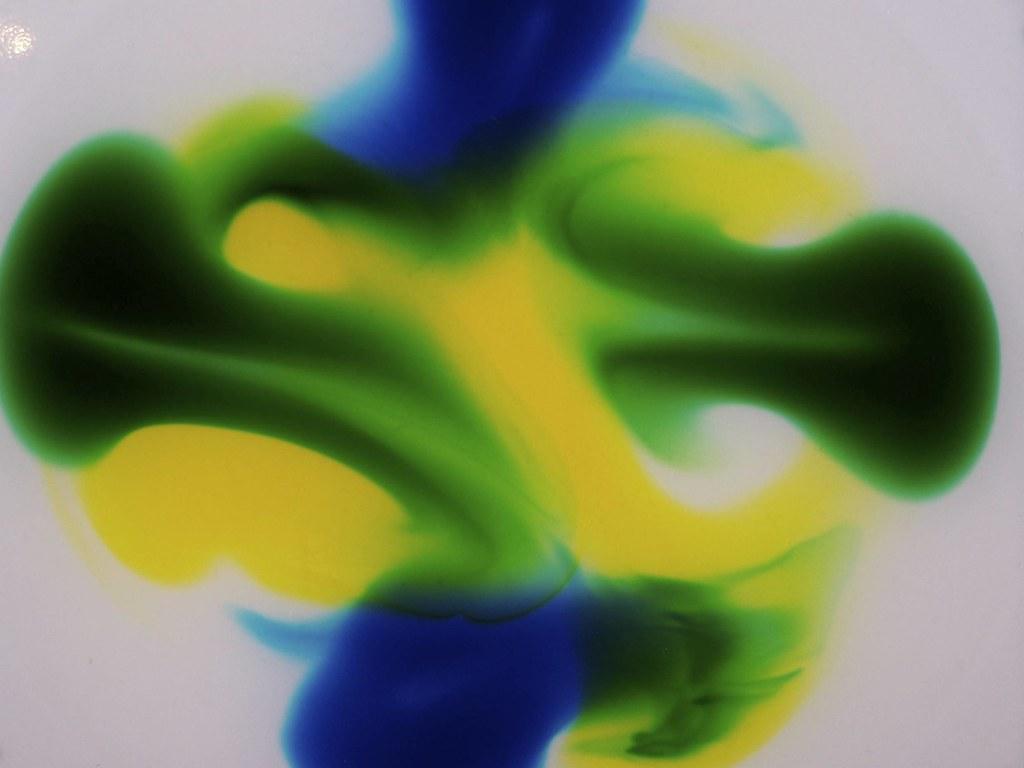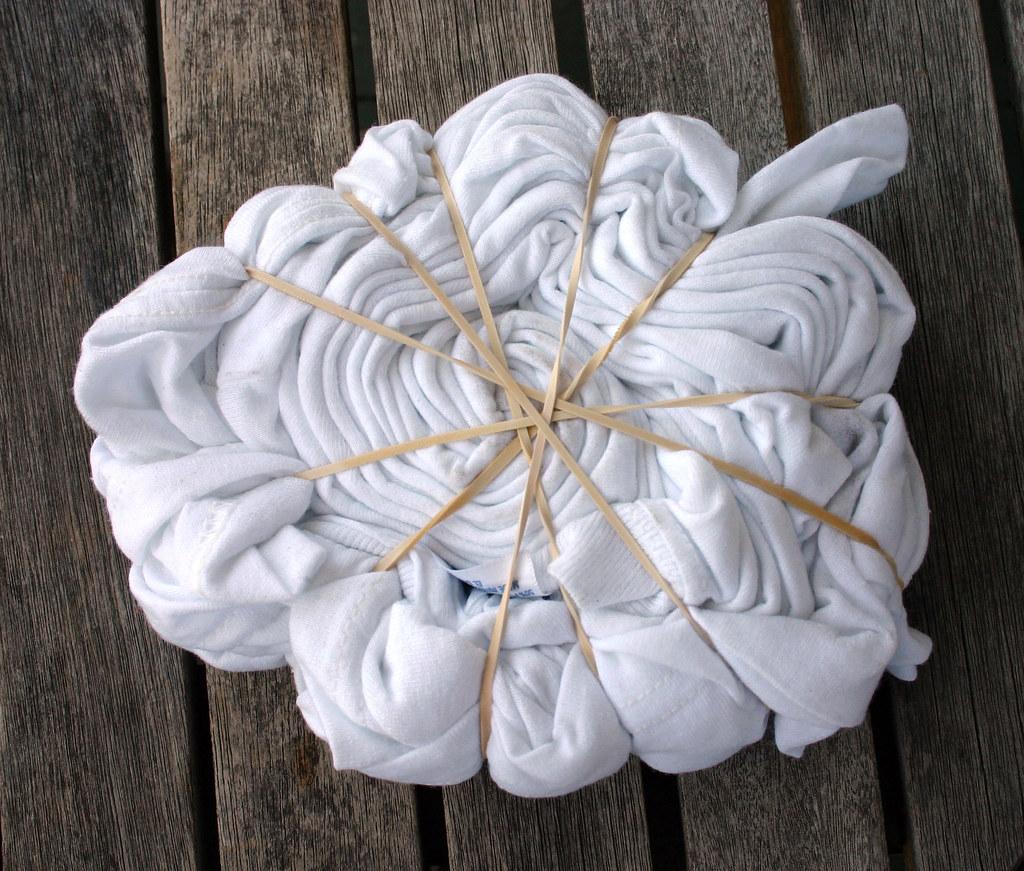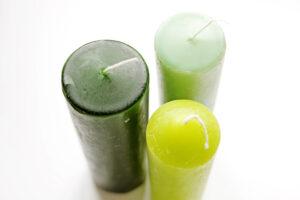Kratom, also known by the scientific name Mitragyna Speciosa, is a plant native to Southeast Asia that has been used for centuries as a medicinal plant and dye. Of the many benefits of kratom, it is particularly popular as a natural dye. It can mainly be used in the production of textiles and cosmetics as it is a natural alternative to the controversial E-120 citric acid-based dye. Compared to these synthetic dyes, kratom has the advantage of being a natural product that is an organic and healthy alternative. As it is purely natural and has no harmful ingredients, it is completely safe to dye textiles and cosmetics with.

What makes kratom special as a colorant?
Kratom provides unique physical and chemical properties. Unlike other natural dyes that can easily fade, kratom retains its strong color and is highly resistant to the effects of various chemical substances. As a result, it stays with consumers for ages and fulfills its role as a natural dye very well.
What can be dyed with kratom?
Kratom provides a beautiful, vibrant color in a wide range of shades that is suitable for all types of textiles. But it also works well on other objects. Kratom can be used to color many different materials, including wood, fabric, paper and cloth. It is also a popular dyeing method for ceramics, using kratom extracts and powders to create unique colors and glazes on glaze ceramics.
Coloring wood with kratom
If you want to use kratom to color your wood, it is extremely important that you use a high quality leaf powder. It is also important that you make kratom solutions to facilitate the coloring of the wood. To make a kratom solution, you need to soak kratom in water or ethyl alcohol and then leave it in a filter at room temperature for a few hours. Once the solution is ready, you can apply it to the surface of the wood and leave it to dry. You can also add other substances to create different shades and textures that emphasize your personal style.
Dyeing fabric with kratom
The process used to dye the fabrics is a combination of immersing the fabric in a kratom powder and water solution and certain temperatures. The powder can be used as a dye to create a range of different shades, including muted and lighter colors. You can soak the kratom in water or a distillation mixture to obtain a dark liquid that can be used for coloring. Alcohol can also be added to the solution for a lighter result. Different dyes obtained by extraction from kratom can be used to dye fabrics in different shades. Using home remedies, coloring can also be achieved by mixing kratom and tea, wine, mineral water, beer or vinegar. To prepare these solutions, both kratom and the ingredient should be used in varying proportions. For a better result, the whole thing should be left to stand for a few hours or even a few days. However, when using kratom to color fabrics, one thing must be kept in mind: Kratom should always be used as an extract and not as a pure plant. Kratom has a stronger color when used as an extract. This way you can bring a rich hue to your fabric.

Coloring candles with kratom
Kratom is ideal for coloring candles. First, heat the kratom powder together with a little water in a coffee pot or other pan until the dyes are released. Then carefully add the prepared dye to the previously heated wax and mix over a medium heat, stirring constantly. Add more kratom for lighter colors and vice versa, less for darker colors. After dyeing, shape the wax into the desired form and add one before it cools and hardens overnight. For detailed instructions on coloring candles, we have written a separate article with instructions on how to do it yourself. Instructions: Coloring candles with kratom
In conclusion
In short, kratom is a viable alternative for people who want to avoid the use of synthetic colors in cosmetics, textiles and more. It is completely natural, safe and provides unsurpassed color, longevity and resistance to chemical irritants such as washing fabric in the washing machine. This makes it an excellent choice for those who care about their health and want to reduce their consumption of synthetic dyes.



